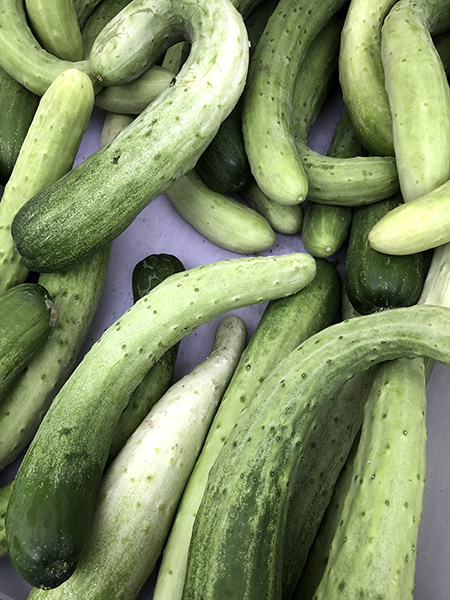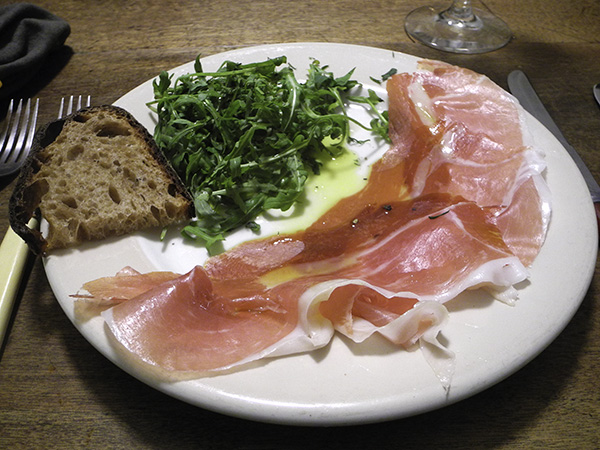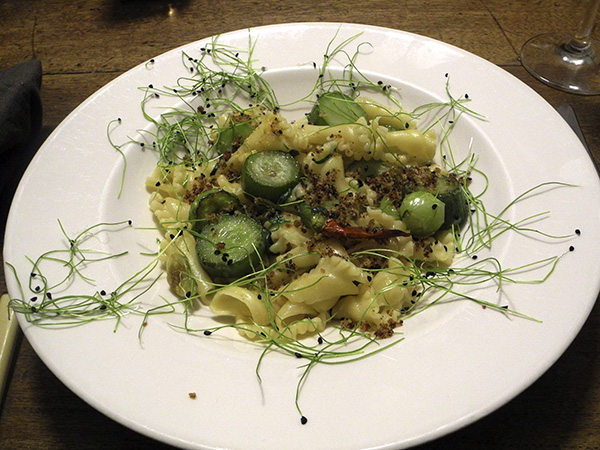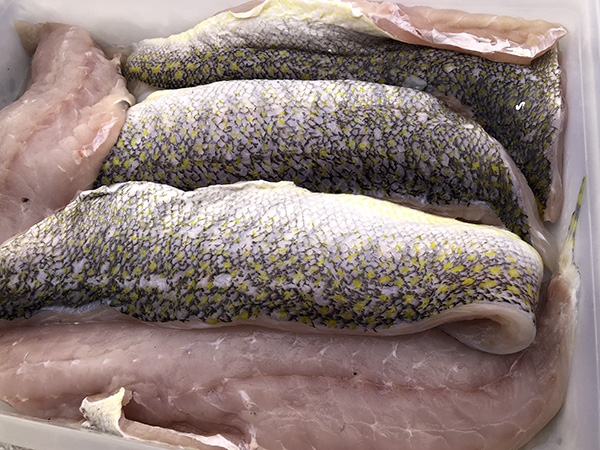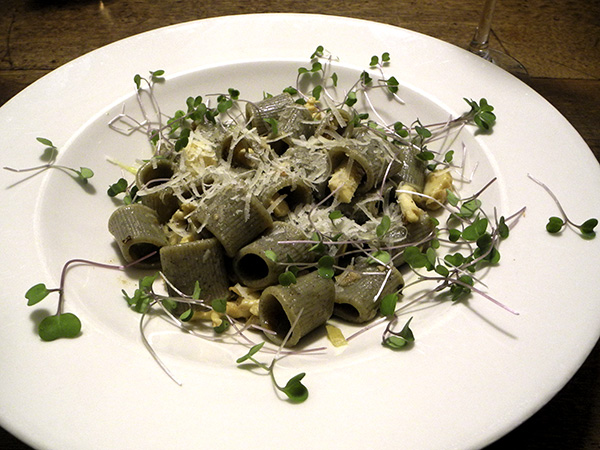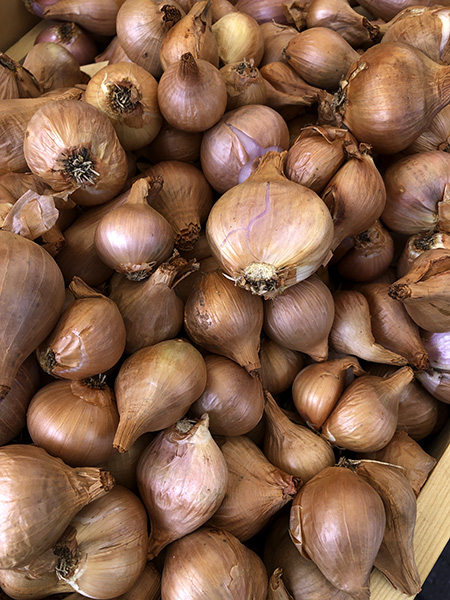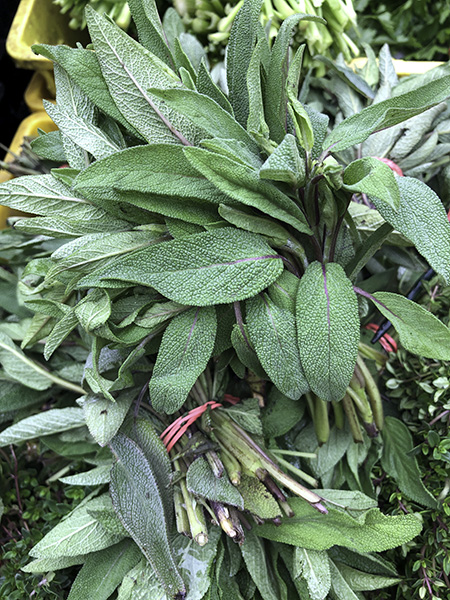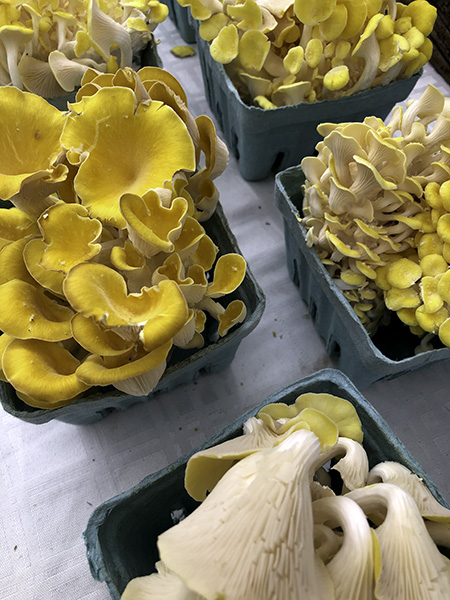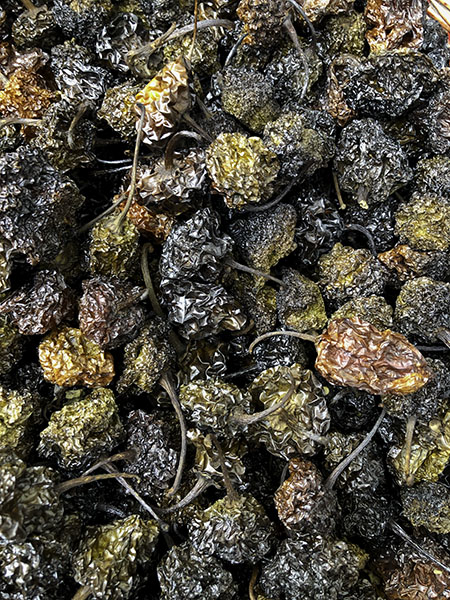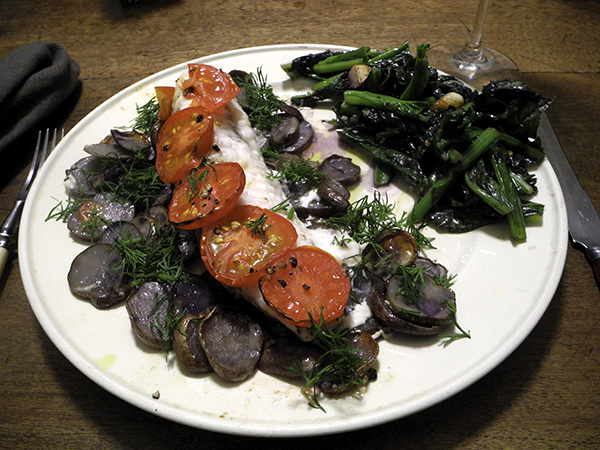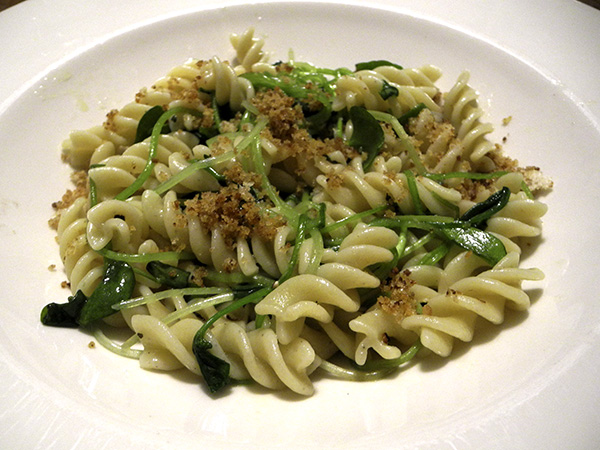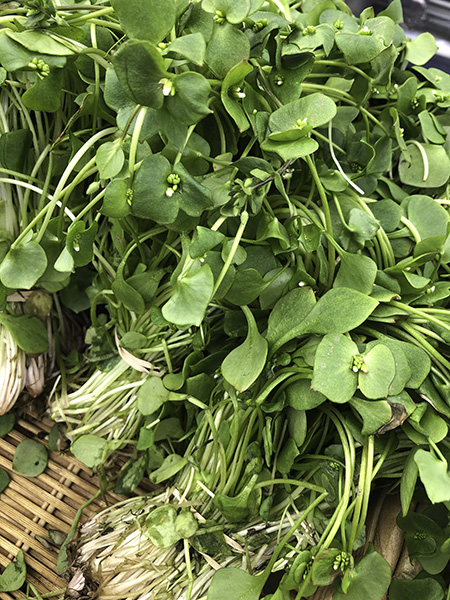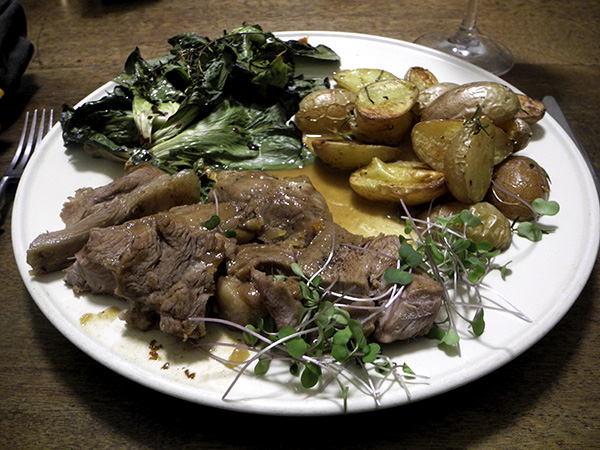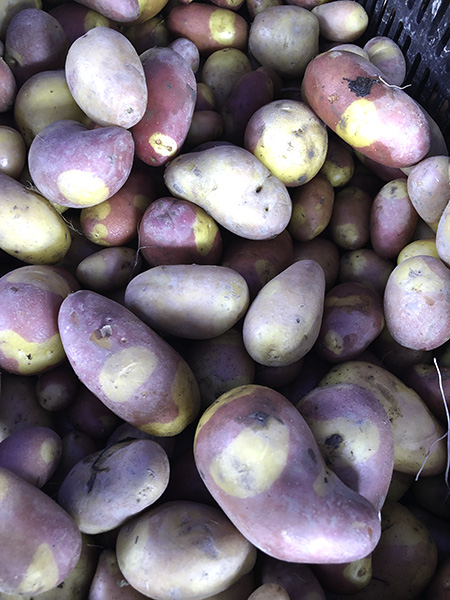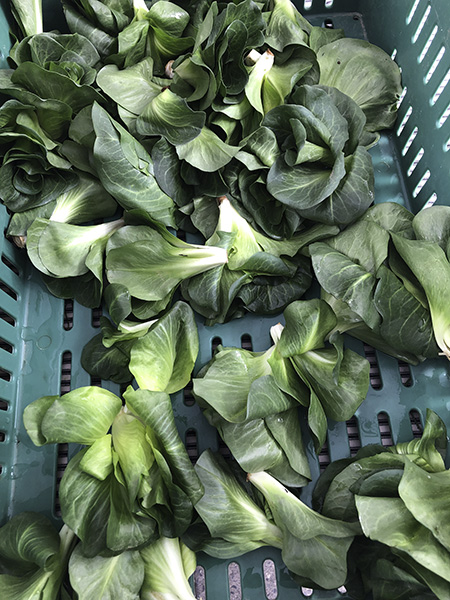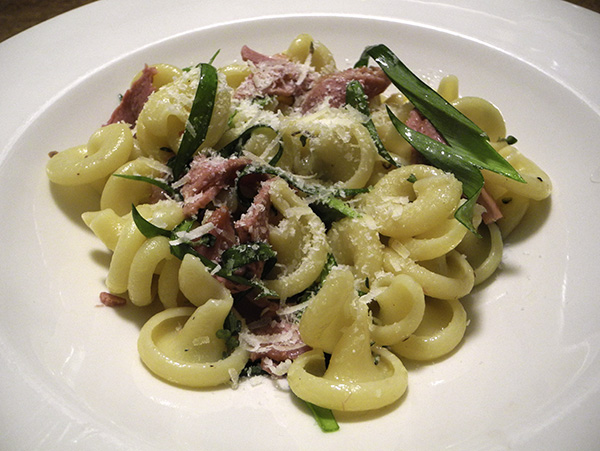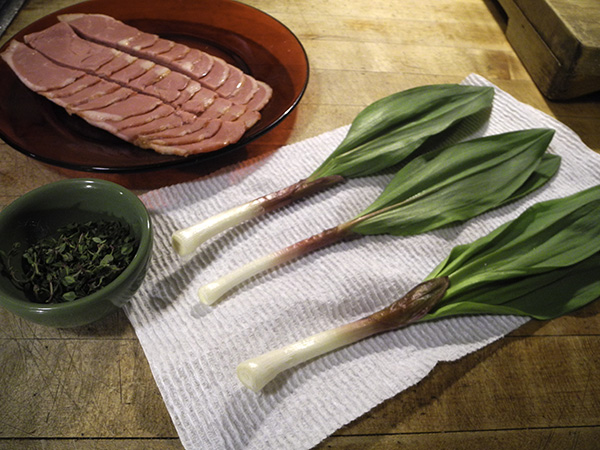
As a word, ‘halibut’ means ‘holy butte’ (butt spelled with an ‘e’ at the end).
The name is supposedly derived from the combination of the medieval English words for holy and butte (the combo has everything to do with traditional Catholic food obsessions, and ‘butte’ here is the general term for flatfish, not a part of the anatomy flatfish obviously don’t possess, even when very young).
Still, for other reasons, I’ve always considered Halibut a great treat, but it’s generally pretty expensive, so when I spotted a beautiful tray of very fresh looking fillets in the fish display at Chelsea’s Whole Foods market, learned that it had never been frozen, and that it was [very seriously] on sale, I grabbed us a piece.
I then looked inside my files for a very simple recipe, but one with a little zing, and I found something by California chef David Gingrass that I had cut out from Food & Wine 12 years ago.
I mostly followed his instruction.
- after the oven was turned on and set at 400º, one large crushed garlic clove from Chelsea’s Foragers Market and the zest of one small organic lemon from Chelsea’s Whole Foods Market was mixed inside a small bowl with 2 tablespoons of Trader Joe’s very good all-purpose Italian Reserve unfiltered olive oil and allowed to stand at room temperature, discarding the garlic after 10 minutes and the oil put aside while another tablespoon of olive oil was heated until shimmering inside a shiny re-tinned copper au gratin pan and one 20-ounce halved piece of Canadian halibut (I believe from the Pacific, but, sadly, the fish person didn’t know) from Chelsea Whole Foods Market, both seasoned with sea salt and freshly ground black pepper, was added to the pan, skin side up, cooked over high heat until the bottom could be seen beginning to brown [I may have been too cautious with the heat, as my halibut didn’t quite ‘brown’, but I also think: too much oil!], or about 3 minutes, then transferred to the oven and roasted for about 5 to 6 minutes, or until opaque throughout, arranged on the plates browned side up, where they were drizzled with the garlic lemon oil and garnished with micro scallions from Two Guys from Woodbridge
- six Maine cherry ‘cocktail’ tomatoes from Whole Foods, slow-roasted inside a small antique rolled-edge tin oven pan with a heaping teaspoon of dried Italian oregano from Buon Italia, half a tablespoon or more of Trader Joe’s Reserve olive oil, and 3 bruised cloves of garlic from Foragers Market
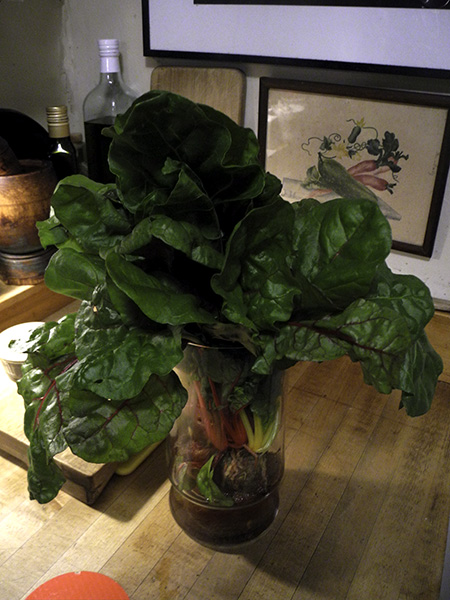
- I treated the chard that I had on the windowsill pretty much as the escarole was handled in Gingrass’ recipe, heating one tablespoon of olive oil inside a large vintage copper pot, adding one crushed garlic clove, 2 salted but thoroughly rinsed and filleted anchovies, and a bit of Calabresi peperoncino secchia from Buon Italia in the Chelsea Market, then cooking over moderate heat, stirring, for about 30 seconds, before more than half of 2 living (they and their roots rested in water inside a glass container) red chard plants that I had brought home from Stokes Farm in the Union Square Greenmarket, washed, drained several times, and roughly chopped, were stirred in gradually and heated until barely wilted, or for about 2-3 minutes, seasoned with salt and black pepper, then drizzled with olive oil
- the wine was a stunning Spanish (Terra Alta) white, Aureo, White by Joseph Puig 2014, from Astor Wines
- the music was Renée Fleming’s magnificent voice, along with Handel’s opera seria, of 1735, ‘Alcina’, William Christie leading the Choir and Orchestra of Les Arts Florissants, with Juanita Lascarro, Laurent Naouri, Timothy Robinson, Kathleen Kuhlmann, Susan Graham, Natalie Dessay, and Renée Fleming








